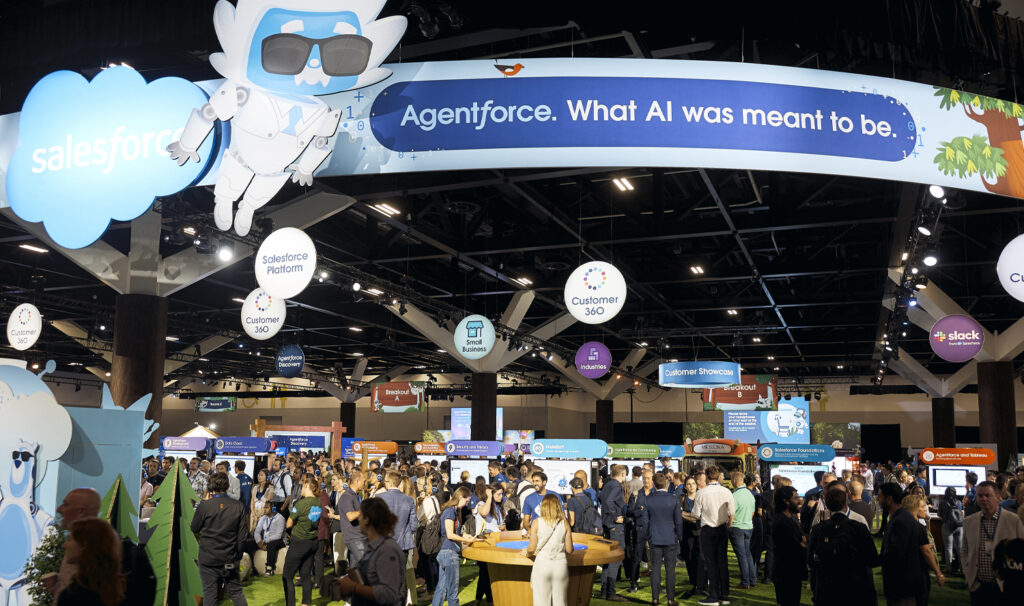A lot has changed for the manufacturing industry over the past year and a half, and that change doesn’t seem to be slowing down anytime soon.
In order to help you navigate this ongoing evolution, Simplus has taken a look back at 2021 so far to see where we are and where we’re headed.
As 2021 continues to flash before our eyes, it’s important we find a moment to take stock of what’s transpired, even if it hasn’t yet finished transpiring. We thought that the end of 2020 signified a rebirth, but after a resurgent pandemic in Australia and New Zealand, a still-looming recession, and many industries in disarray, it’s hard not to see this year as 2020: part two. These ongoing crises have hit most of us hard, and manufacturing is no exception.
At the start of the 2021, many manufacturing experts made predictions on trending topics for the calendar year. We’re now far along enough to be able to revisit the general consensus to see if it holds water, whether in regards to domestic production, customer loyalty, supply chains, or sustainability.
Building up Australia’s domestic capabilities
Due to COVID-19, all signs showed that Australia would see a shift towards increased domestic manufacturing. Those signs have since proved accurate, with more than $475 million earmarked in the 2021-22 budget to help create sustainable jobs in manufacturing.
This government push came on the back of 2020-21’s Modern Manufacturing Strategy, an initiative that injected $1.5 billion into the advancement of Australia’s manufacturing capacity and capabilities. And due to increased demand, industry performance improved over the first half of 2021. Even if international borders begin to open, we expect that many Australians will remember the risks of fragile supply chains and offshore reliance, meaning domestic capability will continue to be a major goal. However, we also think there will be a concurrent shift toward digital supply chains, helping build resilience and agility as manufacturers continue navigating local and global uncertainty.
Customer focus
While most industries have continued to pivot towards customer-centricity, manufacturing has been a little slower on the uptake. That being said, new and upgraded cloud-based manufacturing platforms have allowed companies to implement initiatives that connect directly with the customer, whether through improved loyalty management or easier access to rebates.
The industry is continually looking for further ways to innovate in this department, as it’s now a given that advancements in technology both attract and keep customers.
Emerging tech
If there was ever a place for technological innovation, it’s the factory floor. Yes, the pandemic came at a time when buzz surrounding AI, digital twins, IoT solutions and robotics was at its peak, but that hasn’t stopped those at the cutting-edge from exploring strategies that integrate emerging tech with customer-centricity.
Still, a large number of organisations are trying to get digital foundations in place rather than jumping to the flashiest new tech. For many, that means moving operations to the cloud and streamlining existing processes. While companies in manufacturing and high tech tend to be leading the way in cloud adoption, according to recent Infosys research, plenty of manufacturers are still in the process of digital transformation. We foresee a lot of this groundwork continuing into 2022 even as manufacturers start to branch out into exciting new solutions enabled by IoT or predictive modelling.
Supply chains and data
Australian reliance on international supply chains has proved one of the most daunting realities in the age of COVID-19. The way forward has and still is seen as data-driven, and we’re finding innovative methods of moving towards this new operating model. These methods include creating centralised spaces for business intelligence and data warehousing, as well as ensuring that data is relevant and actionable. A key focus for this operating model is to not merely amass huge amounts of data, but to have the proper integrations to send data where it needs to go.
eCommerce boom
Just as it was at the start of 2021, the potential for manufacturers to make use of the almost universal shift to eCommerce is endless. Those that can successfully pivot to digital continue to be those that benefit. The task now for manufacturers is to take all necessary steps to build out user-friendly PRM portals, make quoting processes transparent online, and break down data silos between departments.
Sustainability
The spotlight on sustainability in industry continues to shine brightly, and manufacturing will remain under heavy scrutiny. However, while shifting towards sustainable practices is always on our collective minds, the pandemic has forced other trends to the forefront. The priority is re-establishing operations in the wake of COVID-19 until a new normal is in place.
That being said, sustainability in manufacturing is playing a much larger role than ever before, with organisations establishing roles and departments in service of progress. Other factors that will drive this innovation forward are external: including government rules and agency regulations.
Workforce dispersion
Industry experts expected the Australian workforce to become even more dispersed and this is one case where expectations were exceeded. The 9-to-5 workday in the office is now largely a thing of the past. The continued rise of not only managers that spend half their week working from home, but also of the ‘anywhere employee’, have led to companies downsizing office space. Some have implemented hybrid models that foster remote work alongside some version of a physical headquarters.
What the manufacturing workplace will look like in five years’ time is up for discussion. The only certainty is that things have changed forever, and that businesses will need to continue listening to their employees in order to retain and attract the best talent.
Accurate forecasting
Many said that forecasting would require continued refinement over 2021, and that looks to be true through 2022. Most manufacturers are keenly aware of the challenges of forecasting inaccuracy. However, solutions are now more relevant than ever before. The past year and a half have shown us that product shortages won’t go away without accurate forecasting – as it goes a long way in optimising internal processes. We foresee more manufacturers choosing what gives them the clearest view and control of their supply chain modelling.
What’s around the corner?
We don’t have a crystal ball, but we suspect many of the above trends will become permanent shifts.
Still, both 2020 and 2021 have taught us that we must always be prepared for the unforeseen. That’s why your business strategy and transformation goal should work hand in hand, building resilience and future-proofing your operations.






